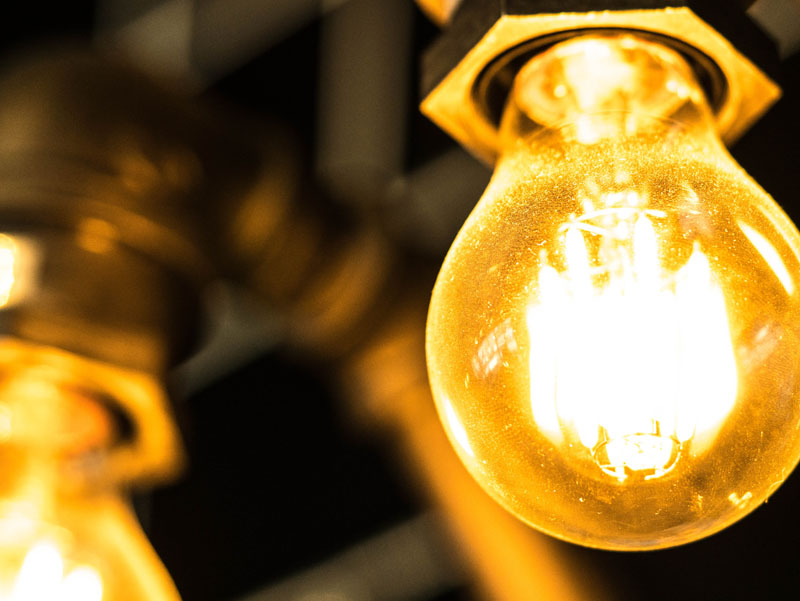ISO is a measure of a camera’s sensitivity to light. It plays a crucial role in photography, as it determines the exposure of an image and can greatly affect the final result.
Understanding ISO settings is essential for any photographer, whether a beginner or a professional.
In this article, we will explore what ISO is, how it works, and how to effectively use it to capture the best possible images.
What is ISO?
ISO stands for International Organization for Standardization, and it is a standardized scale that is used to measure a camera’s sensitivity to light.
- The higher the ISO value, the more sensitive the camera is to light.
- The lower the value, the less sensitive the camera is to light.
There are several factors that can affect the ISO setting of a camera, including the Aperture, Shutter Speed, and the amount of light available in the scene.
By adjusting these settings, photographers can achieve the desired exposure and capture the perfect image.
Now that we have a basic understanding of ISO, let’s delve deeper into how it works and how to use it effectively.
Pros and cons
Next, let’s take a look at some pros and cons of using high and low ISO settings.
Pros of using a high ISO
- Allows for faster Shutter Speeds in low light conditions
- Can freeze fast-moving subjects
- Can be used to achieve a desired effect, such as creating a blurry background
Cons of using a high ISO
- Can lead to an increase in noise or grain in the image
- Can result in a loss of detail and dynamic range
Pros of using a low ISO
- Produces high-quality, detailed images with minimal noise
- Can capture a wider Dynamic Range
Cons of using a low ISO
- Requires a longer exposure time, which can be a problem in low light conditions
- Can result in blur if the subject is moving
ISO Examples
Let’s look at some examples of how ISO can be used to achieve different results.
Capturing a fast-moving subject
In this scenario, a high ISO will allow for a faster Shutter Speed, which can freeze the action and prevent blur. For example, if you are photographing a sports event and want to capture the players in motion, a high ISO will allow you to do so.
Capturing a static subject in low light
In this case, a low ISO will allow for a longer exposure time, which can result in a well-exposed image with minimal noise. For example, if you are photographing a landscape at night and want to capture the stars, a low ISO will allow you to do so without introducing noise into the image.
Creative effect
ISO can also be used creatively to achieve a desired effect. For example, using a high ISO in combination with a wide Aperture can create a blurry background, which is known as bokeh. This can be a useful technique for isolating the subject and creating a more aesthetically pleasing image.
FAQ
Next, let’s take a look at the most frequently asked questions in regard to ISO.
What is a good ISO range for a camera?
The ISO range of a camera will depend on the model and the sensor size.
Some cameras have a wide ISO range, while others have a more limited range. In general, a good ISO range for a camera is between 100 and 6400.
At these values, you should be able to capture high-quality images with minimal noise.
Can ISO be adjusted in post-processing?
Yes, ISO can be adjusted in post-processing using photo editing software such as Adobe Photoshop or Lightroom.
However, it is generally recommended to set the ISO as accurately as possible during the shooting process, as adjusting it in post-processing can lead to a loss of quality and an increase in noise.
How does ISO affect the Aperture and Shutter Speed?
ISO, Aperture, and Shutter Speed are all interrelated and are used in combination to achieve the desired exposure. Aperture refers to the size of the lens opening and controls the amount of light that enters the camera. Shutter Speed refers to the length of time that the camera’s shutter remains open, and it also affects the amount of light that enters the camera.
When adjusting the ISO, it is important to consider how it will affect the Aperture and Shutter Speed. For example, if you increase the ISO, you may need to adjust the Aperture or Shutter Speed to compensate and maintain the desired exposure. Similarly, if you decrease the ISO, you may need to adjust the Aperture or Shutter Speed to allow more light into the camera.
Is it better to use a low or high ISO?
In general, it is best to use a low ISO to capture high-quality images with minimal noise. However, there may be situations where a high ISO is necessary, such as in low light conditions or when trying to freeze fast-moving subjects. It is important to consider the lighting conditions and the desired result when choosing the ISO for a shot.
Conclusion
In conclusion, understanding ISO settings is essential for any photographer. By adjusting the ISO, Aperture, and Shutter Speed, you can achieve the desired exposure and capture the perfect image.
It is important to consider the lighting conditions and the desired result when choosing the ISO, and to use a low ISO whenever possible to achieve high-quality, detailed images.
With practice and experience, you will become more proficient in using ISO to your advantage and taking beautiful, well-exposed photos.


